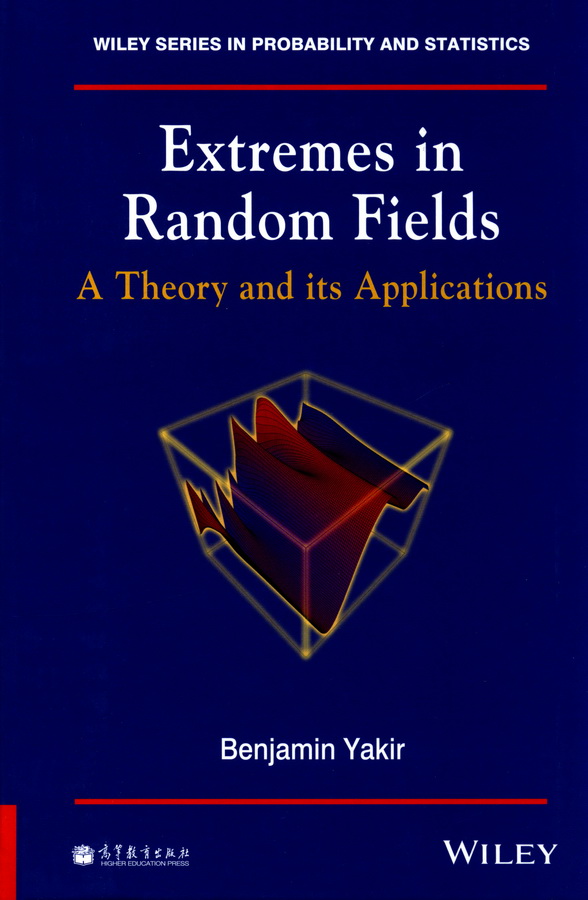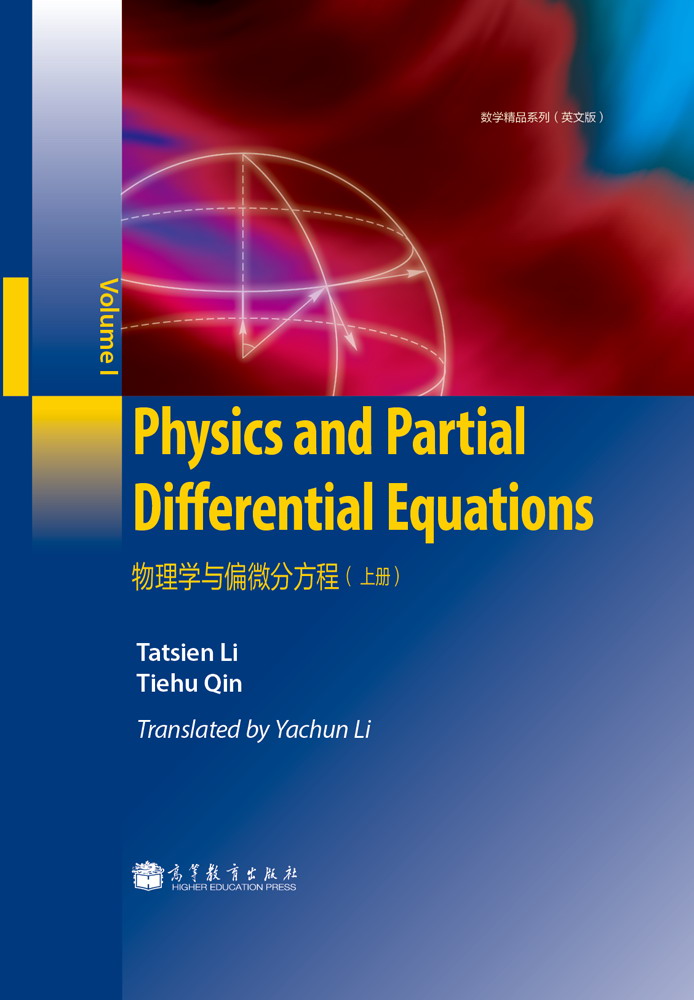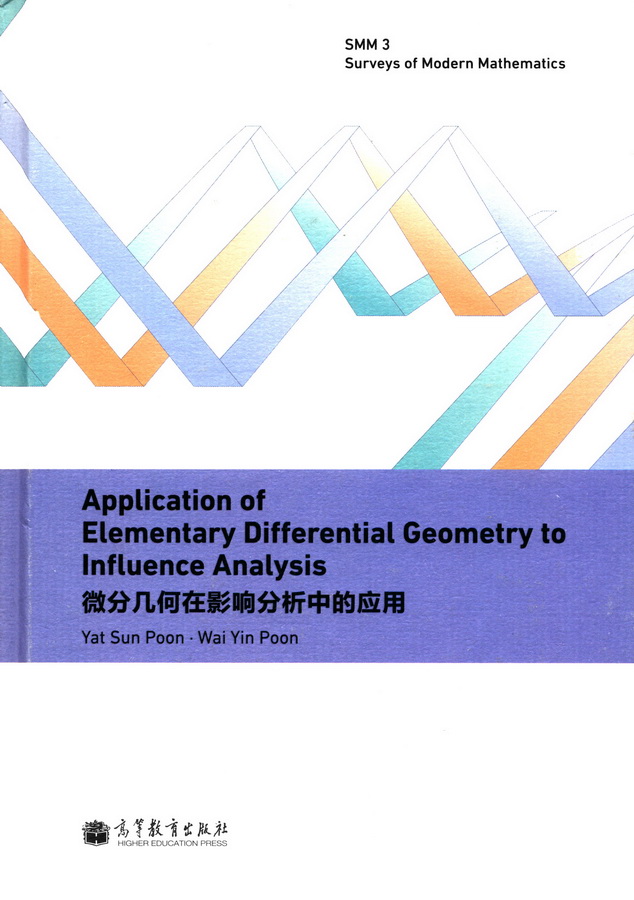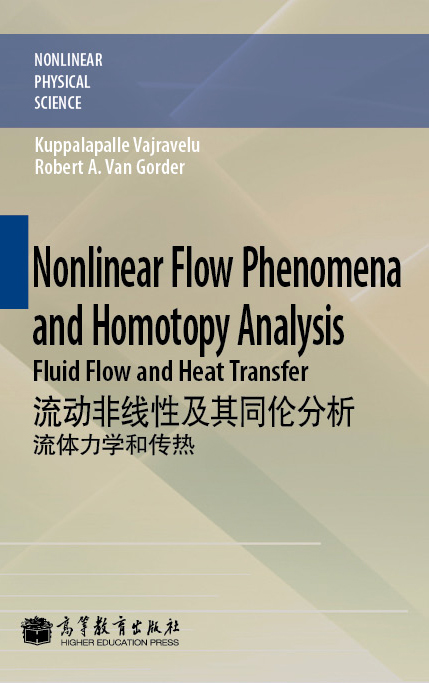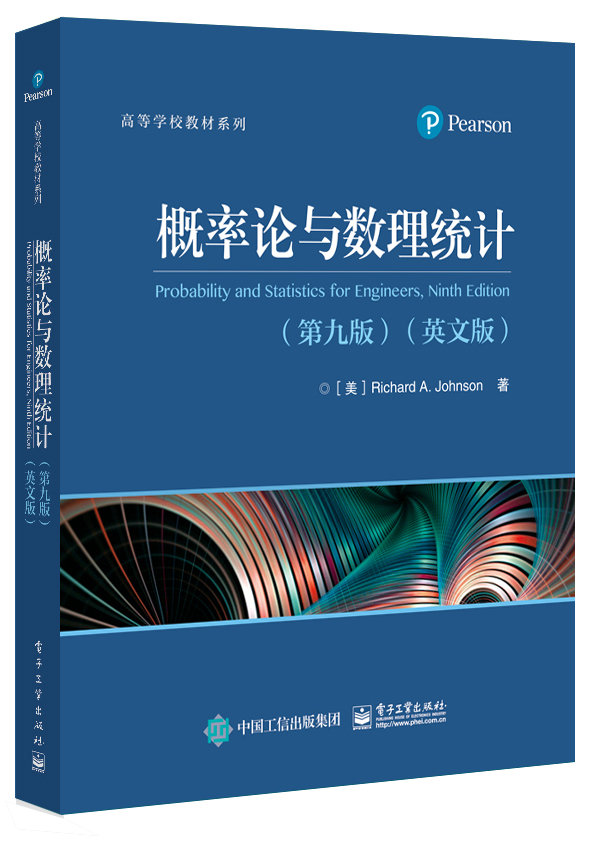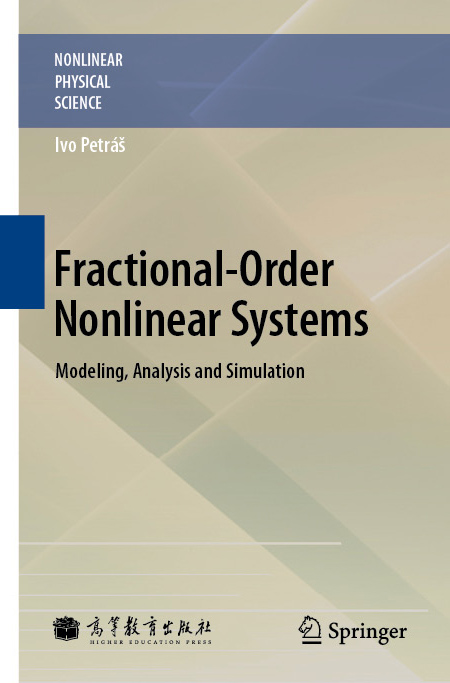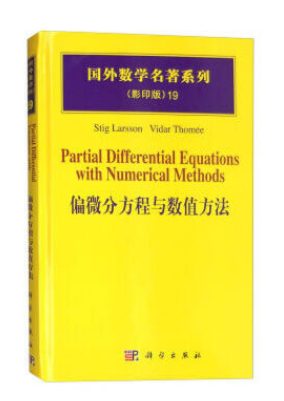随机域中的极值统计学(英文版)
作者: Benjamin Yakir
出版时间:2013-09
出版社:高等教育出版社
- 高等教育出版社
- 9787040378177
- 1版
- 227548
- 48266002-4
- 平装
- 16开
- 2013-09
- 320
- 244
- 理学
- 数学类
- C8
- 数学
- 研究生及以上
《随机域中的极值统计学:理论及应用(英文版)》以通俗易懂的方式介绍了随机域中研究极值分布的某些新颖而有效的方法。全书分成两部分。第一部分总结随机域中极值的尾概率的渐近估计的一般方法。结合一些简单或者基本的例子,全书给读者展示一些经典的方法,同时也介绍了作者本人发展的一些方法,并对一些定理给出了数学证明。第二部分则介绍处理实际问题相对复杂且用传统的方法难以分析的技术,主要涉及5种应用,分别为基因组序列数据拷贝数变异探测、信号发生图像的连续监测、输入过程长时间交互缓冲溢出分析、Pickands常数模拟以及基于传感器网络基础的连续改变点检测,而上述应用的例子用经典的方法是难以分析的。
前辅文
Part I THEORY
1 Introduction
1.1 Distribution of extremes in random fields
1.2 Outline of the method
1.3 Gaussian and asymptotically Gaussian random fields
1.4 Applications
2 Basic examples
2.1 Introduction
2.2 A power-one sequential test
2.3 A kernel-based scanning statistic
2.4 Other methods
3 Approximation of the local rate
3.1 Introduction
3.2 Preliminary localization and approximation
3.2.1 Localization
3.2.2 A discrete approximation
3.3 Measure transformation
3.4 Application of the localization theorem
3.4.1 Checking Condition I*
3.4.2 Checking Condition V*
3.4.3 Checking Condition IV*
3.4.4 Checking Condition II*
3.4.5 Checking Condition III*
3.5 Integration
4 From the local to the global
4.1 Introduction
4.2 Poisson approximation of probabilities
4.3 Average run length to false alarm
5 The localization theorem
5.1 Introduction
5.2 A simplified version of the localization theorem
5.3 The localization theorem
5.4 A local limit theorem
5.5 Edge effects and higher order approximations
Part II APPLICATIONS
6 Nonparametric tests: Kolmogorov-Smirnov and Peacock
6.1 Introduction
6.1.1 Classical analysis of the Kolmogorov-Smirnov test
6.1.2 Peacock's test
6.2 Analysis of the one-dimensional case
6.2.1 Preliminary localization
6.2.2 An approximation by a discrete grid
6.2.3 Measure transformation
6.2.4 The asymptotic distribution of the local field and the global term
6.2.5 Application of the localization theorem and integration
6.2.6 Checking the conditions of the localization theorem
6.3 Peacock's test
6.4 Relations to scanning statistics
7 Copy number variations
7.1 Introduction
7.2 The statistical model
7.3 Analysis of statistical properties
7.3.1 The alternative distribution
7.3.2 Preliminary localization and approximation
7.3.3 Measure transformation
7.3.4 The localization theorem and the local limit theorem
7.3.5 Checking Condition V*
7.3.6 Checking Condition II*
7.4 The false discovery rate
8 Sequential monitoring of an image
8.1 Introduction
8.2 The statistical model
8.3 Analysis of statistical properties
8.3.1 Preliminary localization
8.3.2 Measure transformation, the localization theorem, and integration
8.3.3 Checking the conditions of the localization theorem
8.3.4 Checking Condition V*
8.3.5 Checking Condition IV*
8.3.6 Checking Condition II*
8.4 Optimal change-point detection
9 Buffer overflow
9.1 Introduction
9.2 The statistical model
9.2.1 The process of demand from a single source
9.2.2 The integrated process of demand
9.3 Analysis of statistical properties
9.3.1 The large deviation factor
9.3.2 Preliminary localization
9.3.3 Approximation by a cruder grid
9.3.4 Measure transformation
9.3.5 The localization theorem
9.3.6 Integration
9.3.7 Checking the conditions of the localization theorem
9.3.8 Checking Condition IV*
9.3.9 Checking Condition V*
9.3.10 Checking Condition II*
9.4 Heavy tail distribution, long-range dependence, and self-similarity
10 Computing Pickands' constants
10.1 Introduction
10.1.1 The double-sum method
10.1.2 The method based on the likelihood ratio identity
10.1.3 Pickands' constants
10.2 Representations of constants
10.3 Analysis of statistical error
10.4 Enumerating the effect of local fluctuations
Appendix: Mathematical background
A.1 Transforms
A.2 Approximations of sum of independent random elements
A.3 Concentration inequalities
A.4 Random walks
A.5 Renewal theory
A.6 The Gaussian distribution
A.7 Large sample inference
A.8 Integration
A.9 Poisson approximation
A.10 Convexity
References
Index

